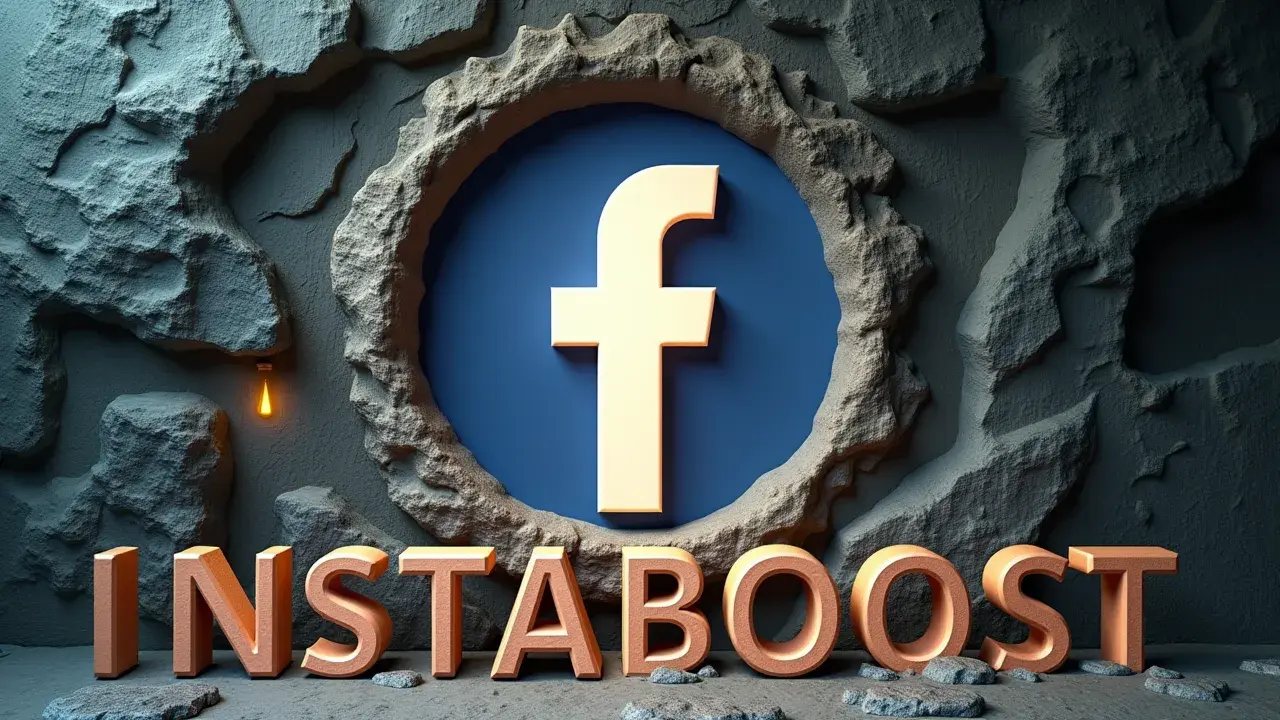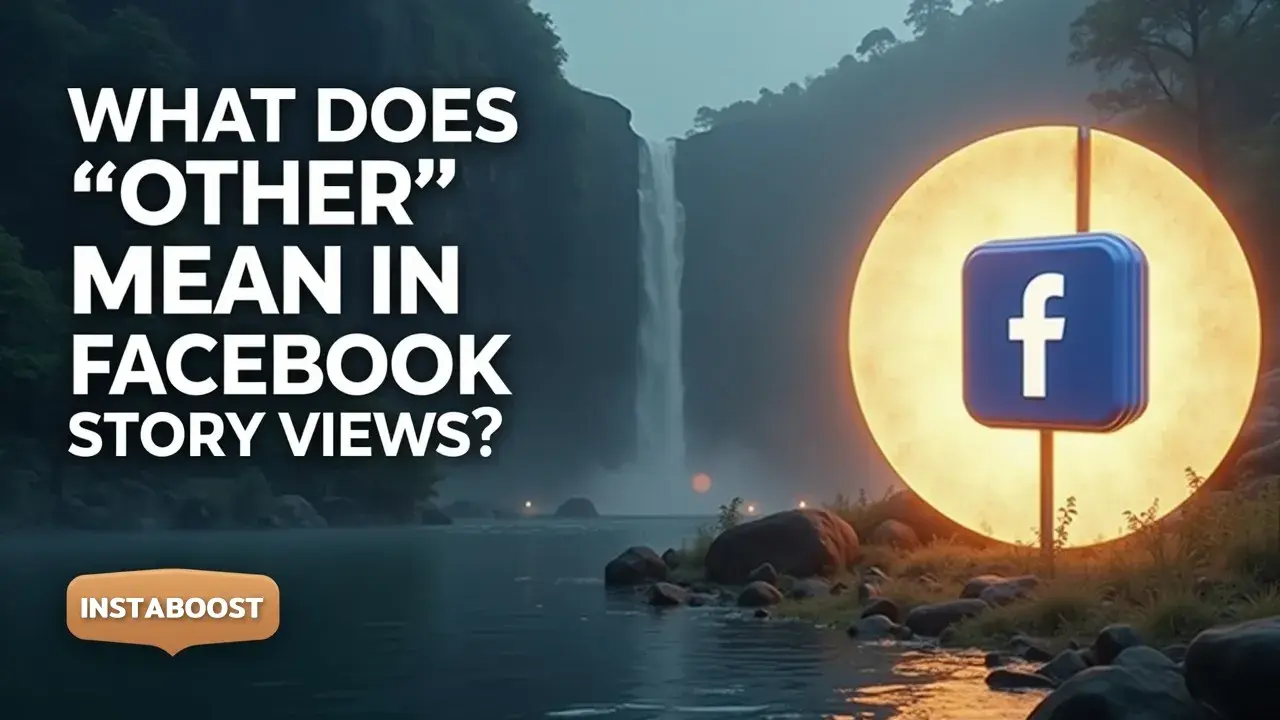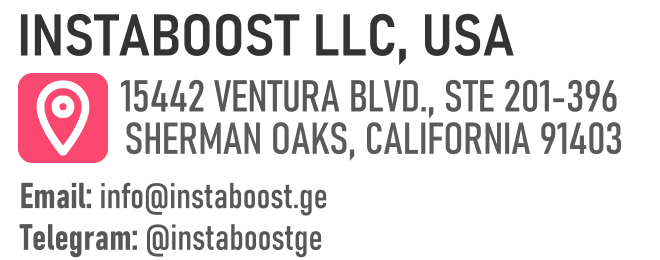What Does “Other” Mean in Facebook Story Views?
Other in Facebook Story views generally reflects viewers masked by privacy settings or not directly connected. It functions as hidden reach, indicating impressions that are real but anonymized. Track this segment week over week and compare it with replies or tap-throughs to gauge engagement quality. Consistent increases often align with broader audience growth and stronger watch time, suggesting content is resonating beyond close connections.
Why That “Other” Bucket Matters More Than You Think
If you’ve stared at Facebook Story analytics and wondered who’s hiding behind “Other,” you’re not alone, and you’re right to care. That line isn’t a glitch. It’s a privacy-respecting rollup for people who viewed your Story but can’t be shown individually because of settings, non-friend status, or app-side protections.
Think of it as hidden reach. When you review views, track how that segment trends alongside quality signals like tap-through rate, replies, sticker taps, and real comments on related posts; if you’re digging deeper, it’s worth scanning Facebook Story insights and even perspectives on how to expand your Facebook influence to interpret the patterns in context. If “Other” climbs while tap-throughs hold or improve, you’re not just getting random exposure. You’re earning attention beyond your immediate circle. That matters for creators, local businesses, and brands testing Story ads, because it shows when targeted promotion is seeding awareness outside friends without hurting retention.
Paired with clean analytics – UTM-tagged links, a consistent posting cadence, and creator collabs that drive shareable hooks – the “Other” count becomes a leading indicator of future organic reach. It works when your content matches intent: quick value in the first second, a clear visual anchor, and a clear next step. If you’re worried about bots or low-quality views, safeguards help. Align with reputable placements, cap frequency, and measure outcomes weekly instead of chasing a single spike.
The lever is simple. Keep the Story format tight, build early momentum with a small, well-targeted boost, and use replies as your sanity check. Over a few cycles, a steady “Other” uptick that coincides with longer holds and more swipes to profile is your signal that you’re expanding the top of the funnel without paying for empty impressions.
The lever is simple. Keep the Story format tight, build early momentum with a small, well-targeted boost, and use replies as your sanity check. Over a few cycles, a steady “Other” uptick that coincides with longer holds and more swipes to profile is your signal that you’re expanding the top of the funnel without paying for empty impressions.

How I Learned to Trust the Shadow Data Without Guesswork
I learned this while cleaning up a client’s account. They were convinced “Other” in Facebook Story views meant spam or bots, so they ignored it and kept boosting to the same warm audience. Reach stalled, replies dipped, and tap-through rate sagged. When we audited, the pattern was clear: “Other” was quietly capturing new, privacy-shielded viewers – non-friends finding the Story through shares, broader distribution, or restrictive settings.
Once we treated it as hidden reach and paired it with retention signals like forward taps, sticker taps, replies, and real comments on related posts, we could tell curiosity from intent. The fix was straightforward. We set a weekly testing loop, tagged Stories by theme, and used lightweight creator collabs plus targeted promotion to nudge qualified lookalikes, recognizing that even efforts to boost visibility with paid followers can muddy readouts if you don’t benchmark against engagement quality. We kept analytics clean with consistent posting windows, trimmed overlapping boosts, and excluded low-quality placements so the “Other” trend line actually meant something.
If “Other” rose and reply rate held, we doubled down on that content. If “Other” spiked but tap-through cratered, we tightened the hook and shortened frames. If you’re running paid, use reputable audiences and track lift against saves and replies, not vanity impressions. “Other” is early-warning radar for audience expansion in Facebook Story analytics. If it moves in step with stronger watch time holds and better next-touch engagement on your profile, you’re earning new attention, not just recycling it. That’s how you turn mystery into momentum – treat “Other” like a directional signal, validate with behavior, and invest where the signals converge.
Turn “Other” Into a Reach Engine
Optimization is a tactic. Strategy is a worldview. Treat “Other” in Facebook Story views as stealth reach and build around it. Shape your audience, collect signals, and iterate distribution.
Start by pairing “Other” trends with retention markers you already trust – tap-through rate, replies, sticker taps, and real comments on related posts – so you can separate curiosity from qualified interest. If that hidden segment lifts when you post creator collabs, timely UGC, or behind-the-scenes cuts, lean in and use targeted promotion sparingly to accelerate formats that already prove out. Paid is a lever, not a crutch. Choose reputable placements, cap frequency, and index spend to the mix that moves replies and shares, not just raw impressions. Keep analytics clean with consistent naming, standardized CTAs, and story sequences with one clear job, so week-over-week “Other” deltas actually mean something.
When “Other” swells after a share spike or a comment surge on a related post, treat it as a cue to publish a follow-up Story within the same narrative window to hold attention while the algorithm still remembers. If the bucket stalls, test timing and thumb-stopping openers before you retool the message. Format friction often looks like audience disinterest. For discoverability, mind your Facebook Story SEO. Use native captions, location or topic stickers that fit the content, and a clear hook in the first two seconds. The goal isn’t to de-mask individuals but to shape momentum.
More qualified “Other” today tends to predict broader distribution and better watch time next cycle. Use that signal to plan collaborations, retarget with creative matched to intent, reference market noise like buy post likes for Facebook pages without letting it shape your roadmap, and keep a tight testing loop so hidden reach compounds rather than leaks.
Stop Calling It Spam: Why “Other” Deserves a Second Look
I’m not cynical. I’m just tired of reruns. The knee‑jerk take that “Other” in Facebook Story views equals spam creates the same outcome every time: reach stalls, frequency bloats, and a warm audience gets overcooked. A better read is that “Other” often reflects privacy‑shielded viewers and adjacent reach – people coming in via shares, suggested distribution, or restrictive settings – who don’t show up as friends.
If you treat that bucket like noise, you’ll miss your next cohort of qualified strangers. Push back on the myth by pairing “Other” with retention markers you already trust: tap‑through rate across a sequence, replies that mirror your offer language, sticker taps on polls tied to your main CTA, and real comments on related posts published within 24 – 48 hours. When those signals lift in tandem with “Other,” you’re seeing early momentum worth leaning into, not bots. That’s when selective accelerants make sense – a small, targeted promotion to extend creator collabs, timely UGC, or behind‑the‑scenes cuts that already prove watch‑through, and the occasional test where you boost your reach: buy Facebook views simply to validate whether distribution, not messaging, is the constraint.
Keep safeguards: exclude recent buyers, cap frequency, and segment by geography or interest to avoid paying for the same eyeballs twice. If your clean analytics show “Other” rising while watch time holds and replies get specific about product variants, availability, or pricing, graduate the format. If curiosity spikes but retention slides, tighten the hook and clarify captions. Treat this as a testing loop: track week‑over‑week “Other” trends, match them to retention signals, and validate with conversions you can attribute. That’s how “Other” shifts from mystery to reach engine and supports broader Facebook Story views growth without guesswork, waste, or superstition.
Close the Loop: Turn Mystery into Momentum
This is the last line. Unless you make it the first. Treat the “Other” slice in Facebook Story views as a quiet nudge for your next move, not a verdict. Close the loop each week. Stack “Other” trends against retention markers you already trust – tap-through rate, replies, sticker taps, and real comments on the same theme – and keep only what holds up. If creator collabs or timely UGC keep lifting that hidden segment and your tap-throughs stay steady, add a measured layer of targeted promotion to accelerate what’s working, then pause anything that inflates views without replies.
The smart path is a testing loop with safeguards. Use short flighted boosts, clean analytics naming, and side-by-side cuts – behind-the-scenes vs polished, caption A vs B – so you can attribute lift instead of guessing. When “Other” rises alongside watch time holds, you’re likely seeing privacy-shielded viewers and adjacent reach, not junk. That’s your cue to deepen the format and offer a low-friction next step – a poll, a DM prompt, or a limited collab drop – to convert curiosity into qualified interest. If the segment spikes without retention, recast the hook or tighten the audience before spending again. Over a month, watch how this bucket maps to broader audience growth.
A steady climb here often precedes cheaper CPMs and stronger suggested distribution, which quietly compounds reach, and it often pairs with lightweight mechanics that extend your audience with shares without distorting intent signals. The non-obvious play is to treat “Other” like an early warning system for format – market fit so you scale responsibly – with spend, creators, and cadence matched to intent – turning mystery into momentum without muddying your analytics or overcooking your warm audience.















